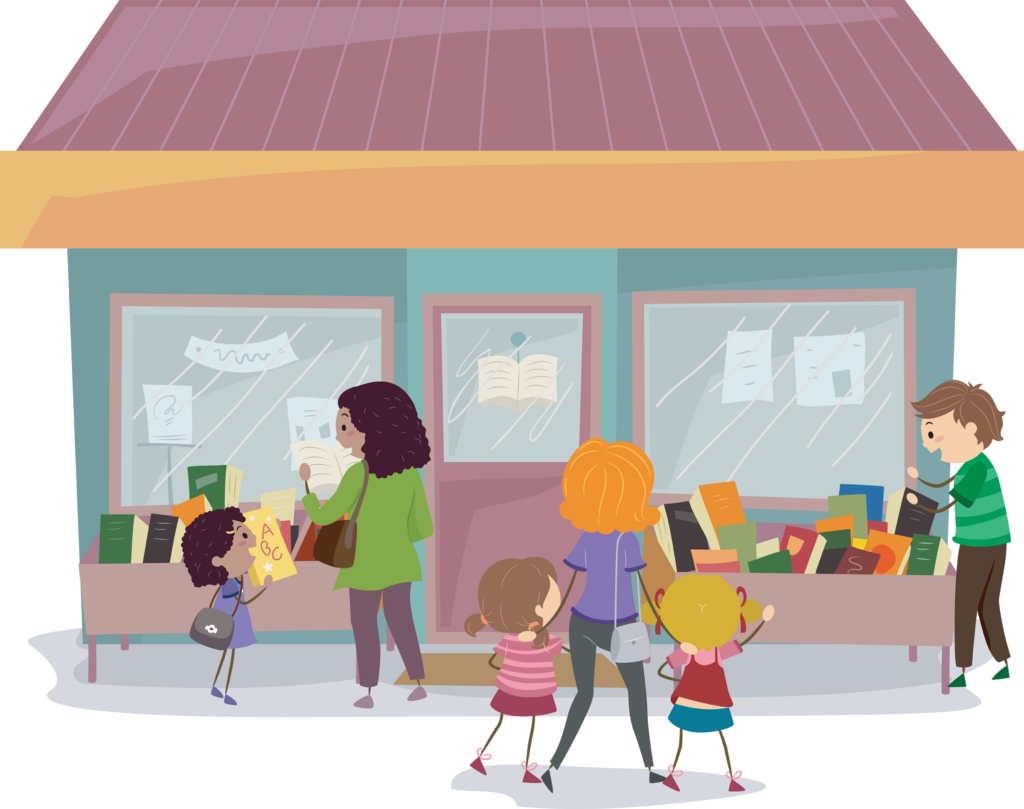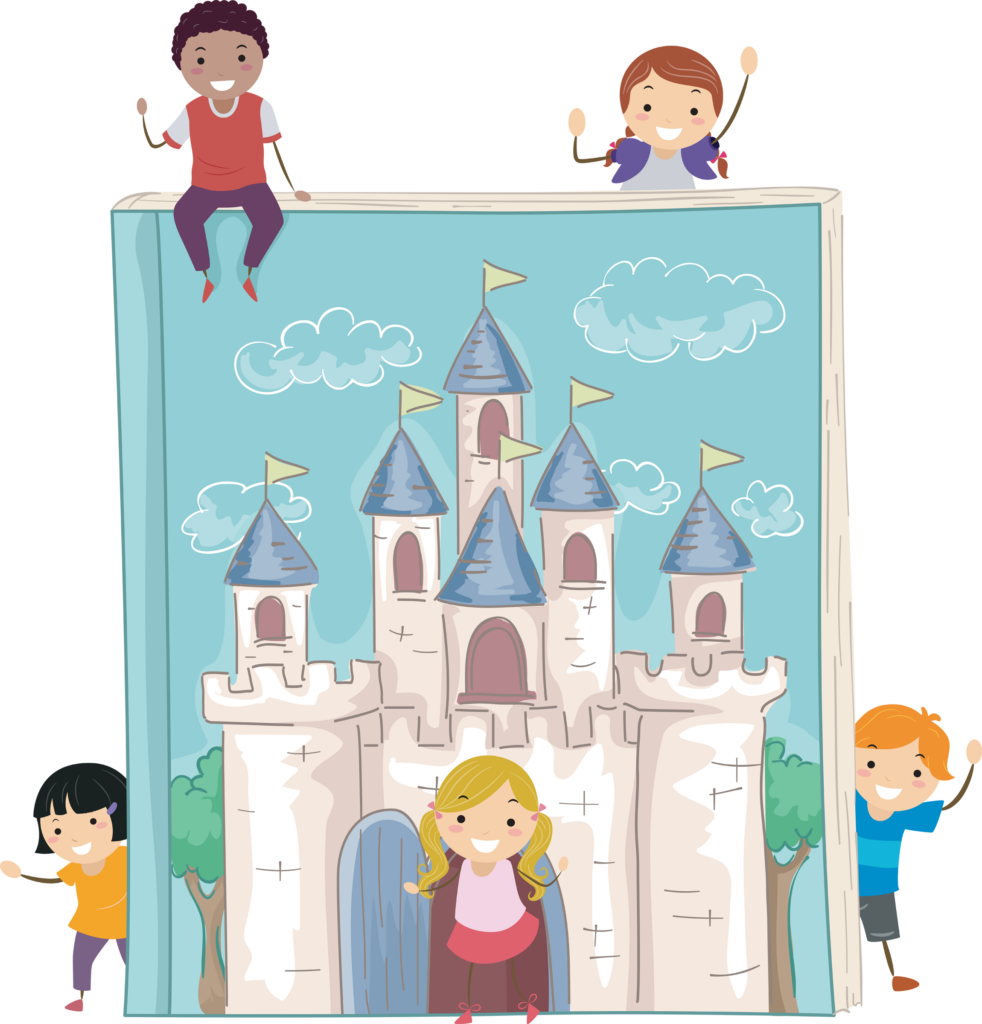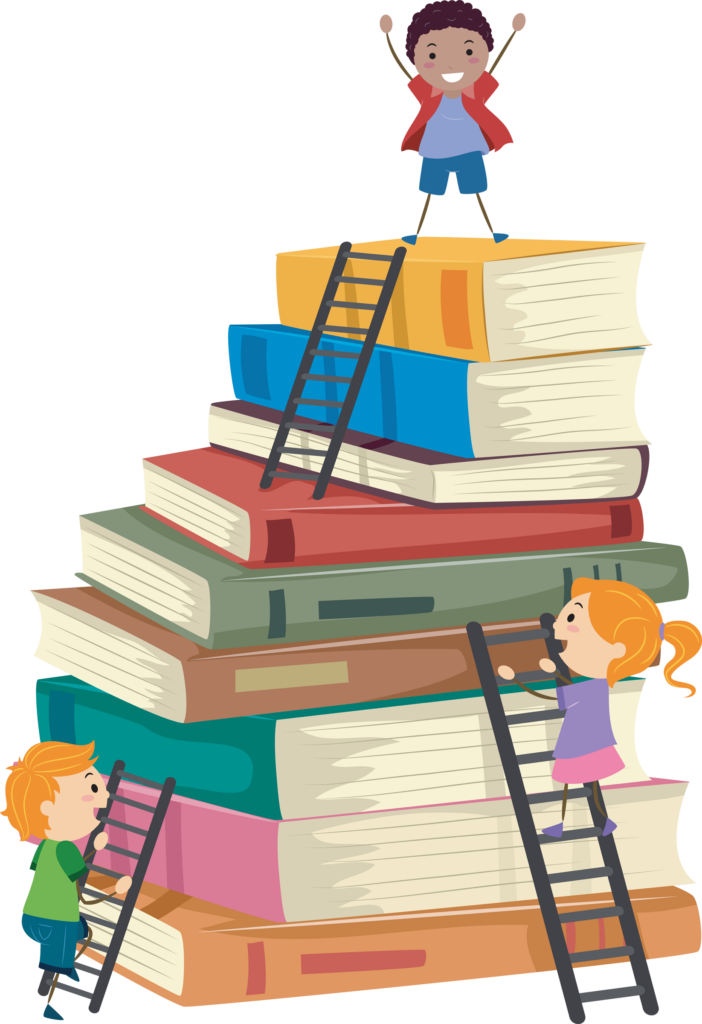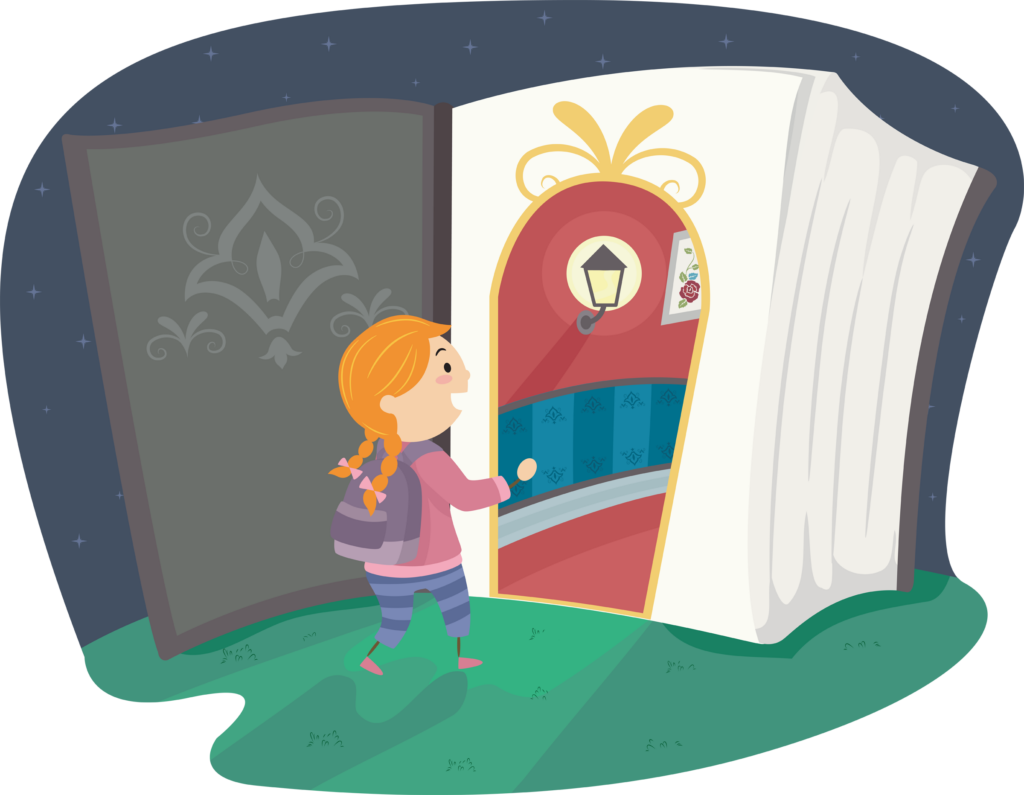
In an educational landscape where attention spans are dwindling, the use of visual aids like Clipart can be a game-changer for enhancing reading comprehension in elementary school. This article delves deeply into how Clipart can be incorporated into various educational settings to boost understanding and engagement. Targeted at educators, homeschooling parents, and even those parents simply looking for literacy enhancement tips, this comprehensive guide aims to serve as a resourceful blueprint.
Whether you’re a seasoned teacher or a parent navigating homeschooling, the strategies laid out here will leave you better equipped to enrich the young minds you are nurturing.
Why Clipart for Reading Comprehension?

Clipart isn’t just a tool for decorating classroom bulletin boards or jazzing up a PowerPoint slide. In educational settings, these versatile visual elements can serve as potent aids for reading comprehension. Let’s delve into why:
- Facilitate Contextual Understanding: Images provide an excellent medium for understanding context. A well-chosen clipart of a farm, for instance, can help a child grasp the setting of a story that talks about rural life. It aids in making the abstract more concrete, especially for children who may not have firsthand experience with the subject matter.
- Stimulate Imagination: A visual prompt can help stimulate a child’s imagination, thereby enriching their reading experience. When children see an image of a space rocket, their minds start imagining what space travel would be like, thereby making a science fiction story more relatable and exciting.
- Break Down Complex Ideas: Difficult concepts become easier to grasp when accompanied by relevant Clipart. A visual representation of the water cycle, for example, can make it easier for a child to understand the stages of evaporation, condensation, and precipitation.
- Emphasize Important Points: A bold or striking image can underscore important elements in a lesson, making them more memorable for young learners.
- Scaffold Learning: For younger or struggling readers, Clipart can serve as a stepping stone to understand more complex texts as they progress in their learning journey.
- Enhance Memory Retention: Visual aids have been proven to help in memorizing and recalling information, which is crucial in the educational process.
- Engage Multiple Learning Styles: Not all students learn the same way. Clipart can cater to visual learners, who might struggle with text-only methods.
- Encourage Creative Thinking: Using Clipart in unconventional ways can challenge students to think outside the box and improve their problem-solving skills.
- Clarify Ambiguity: In instances where a word or phrase may have multiple meanings, Clipart can help to clarify the intended interpretation.
- Support Emotional Literacy: Emotional or facial expression Clipart can aid in teaching children about emotions, thereby assisting in character analysis and the understanding of social cues.
How to Choose Effective Clipart

Selecting the right Clipart is more than just a quick internet search. A mindful approach can amplify its educational value. Consider these criteria:
- Relevance: The Clipart should directly relate to the text or subject matter. An irrelevant image can confuse students and undermine the learning experience. When teaching a lesson about marine life, for instance, a picture of an octopus would be appropriate, while an image of a mountain would be counterproductive.
- Quality: Opt for high-resolution images that are visually appealing and easy to interpret. Blurry or distorted images can confuse students and distract from the learning process.
- Cultural Sensitivity: It’s important to select images that are inclusive and represent the diversity of your classroom. The inclusion of diverse characters and settings can make learning more relatable for all students.
- Age Appropriateness: Ensure the images are suitable for the age group you’re teaching. An overly complex image may confuse younger children, while a too-simple image might bore older students.
- Avoid Stereotypes: Clipart should be free of any gender, racial, or cultural stereotypes. Inclusivity should be a priority when selecting visual aids for educational purposes.
- Alignment with Curriculum: Clipart should align well with your educational goals and curriculum requirements, enhancing rather than deviating from them.
- Educational Integrity: Avoid Clipart that may contain commercial logos or pop culture references that could distract from the educational content.
- Legality and Copyright: Make sure to use images that you have the legal right to use. Breaching copyright laws can have serious repercussions.
- Aesthetic Consistency: Aim to use a consistent style of Clipart throughout your lesson or material to create a cohesive visual experience for the students.
- Realism vs. Abstraction: Decide whether realistic or abstract images will better serve your educational objectives. Sometimes a realistic portrayal is essential for understanding, while in other scenarios, an abstract representation might stimulate creative thinking.
You can find Clipart that fulfills these criteria at Clipart’s educational repository, which offers a broad range of high-quality, education-focused images.
Incorporating Clipart into Lessons

Once you’ve made your selections, the next step is to integrate Clipart into your teaching strategy. Here’s how you can do it:
Use Clipart for Vocabulary Building
Images can serve as an excellent medium for explaining new vocabulary words. A Clipart image next to a word like ‘extinct,’ for example, can show a dinosaur, aiding in memory retention and facilitating a deeper understanding of the word’s meaning. This not only clarifies the term but also makes the learning process engaging.
Incorporate into Worksheets
Worksheets can be made interactive and educationally enriching with the addition of Clipart. For instance, a worksheet could feature Clipart images beside sentences, asking students to match them based on the context. This adds an element of fun to the learning process while reinforcing comprehension skills.
Story Mapping with Clipart
In this method, Clipart is used to create a ‘story map,’ helping children visualize the sequence of events in a story. This could be an interactive classroom activity where students are provided with a series of Clipart images and are asked to arrange them to narrate the sequence of the story they have just read.
Clipart Quizzes
A fun and engaging way to review material is to create a Clipart-based quiz. Here, students can be shown an image that relates to a specific concept or vocabulary word they’ve learned, and then asked questions that require them to make connections between the image and what they’ve learned.

Clipart for Discussion Prompts
Initiating a class discussion can sometimes be challenging. Using a provocative or thought-provoking piece of Clipart can act as a springboard for deeper conversation about a reading passage or concept.
Clipart in Story Creation
Encourage students to create their own stories using a pre-selected array of Clipart. This not only enhances their understanding of narrative structures but also boosts their creative writing skills.
Interactive Storyboards
Let students create interactive storyboards using Clipart. This allows them to visualize and plan the events in a story or concept, making the understanding process more dynamic.
Clipart for Role-Playing
To help children understand character roles, feelings, and settings in a story, use Clipart as visual aids during role-playing activities. For instance, Clipart can be used to depict different emotions that characters might feel, helping students to understand character motivations better.

Clipart is more than mere decoration; it’s a powerful tool for enhancing reading comprehension in elementary classrooms. By selecting appropriate images based on a set of criteria, and incorporating them meaningfully into lessons, educators can significantly enrich the learning experience. Through a range of innovative strategies—from vocabulary building and worksheets to story mapping and interactive quizzes—Clipart can transform reading comprehension from a mundane task into an engaging and interactive learning experience. Be mindful of your selections, and you’ll find Clipart to be an invaluable addition to your educational toolkit.




